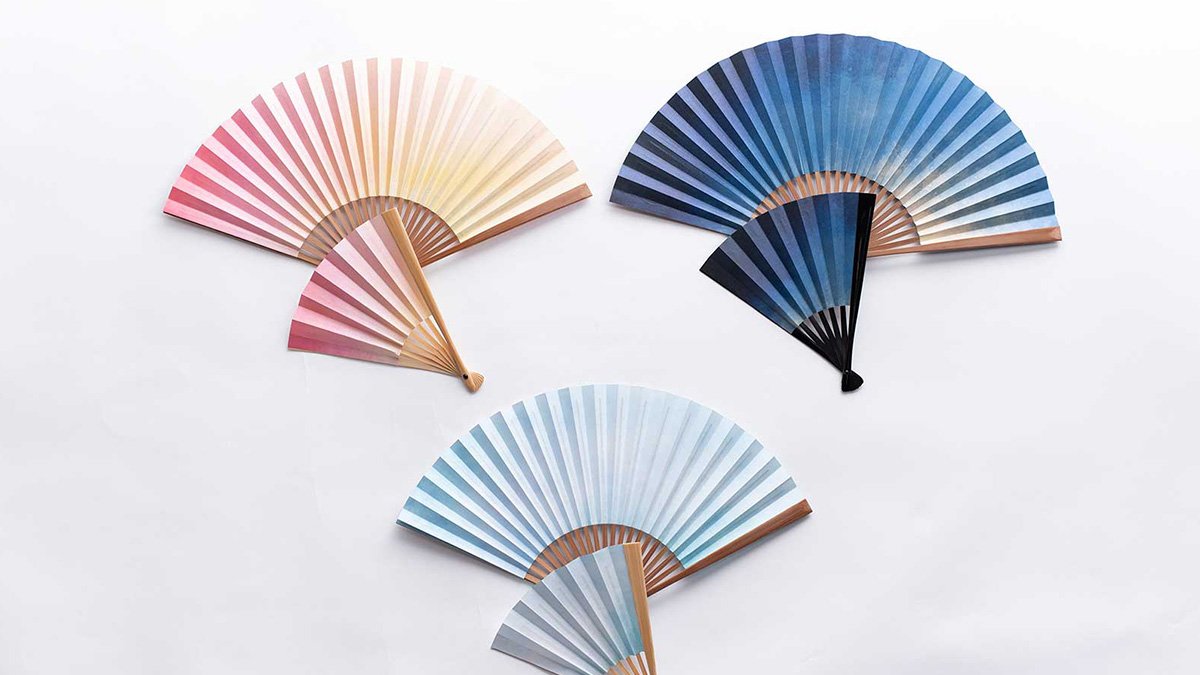free
Description

It is a domestic paulownia box, and it is compatible with both women's and men's fans.
Since it is a size that can be stored together with a folding fan bag, we recommend a set with a "fan bag" and "paulownia box" when giving a gift.
Please use it.
Information
| Manufacturer | OHNISHI TSUNE SHOTEN |
|---|---|
| Country of origin | Kyoto, Japan |
| Technique | Kyoto Folding Fans |
| Material | Japanese paulownia |
| Size | Outside dimensions: W9.84 * D2.44 * H1.06 in. Inside dimensions: W9.29 * D1.73 * H0.79 in. (Outside dimensions: W25 * D6.2 * H2.7 Inside dimensions: W23.6 * D4.4 * H2cm) |
| Weight | 0 lbs(g) |
| Capacity | 0 oz(ml) |
| Electronic Equipment | |
| Note | |
| Delivery Time | 1-2 weeks (if out of stock + 1-2 weeks) |
Brand history and characteristics
How Japanese Products Can Be Such High Quality
Payment & Security
Your payment information is processed securely. We do not store credit card details nor have access to your credit card information.
![[HAND FAN] PAULOWNIA BOX FOR FOLDING FAN | KYOTO FOLDING FANS | OHNISHI TSUNE SHOTEN](http://en.thebecos.com/cdn/shop/products/DSB1321_{width}x.jpg?v=1602663523)
![[HAND FAN] PAULOWNIA BOX FOR FOLDING FAN | KYOTO FOLDING FANS | OHNISHI TSUNE SHOTEN](http://en.thebecos.com/cdn/shop/products/DSB1326_{width}x.jpg?v=1602663527)
![[HAND FAN] PAULOWNIA BOX FOR FOLDING FAN | KYOTO FOLDING FANS | OHNISHI TSUNE SHOTEN](http://en.thebecos.com/cdn/shop/products/DSB1321_130x.jpg?v=1602663523)
![[HAND FAN] PAULOWNIA BOX FOR FOLDING FAN | KYOTO FOLDING FANS | OHNISHI TSUNE SHOTEN](http://en.thebecos.com/cdn/shop/products/DSB1326_130x.jpg?v=1602663527)

